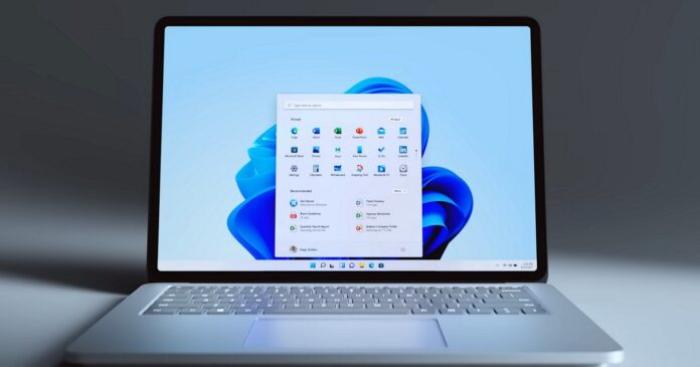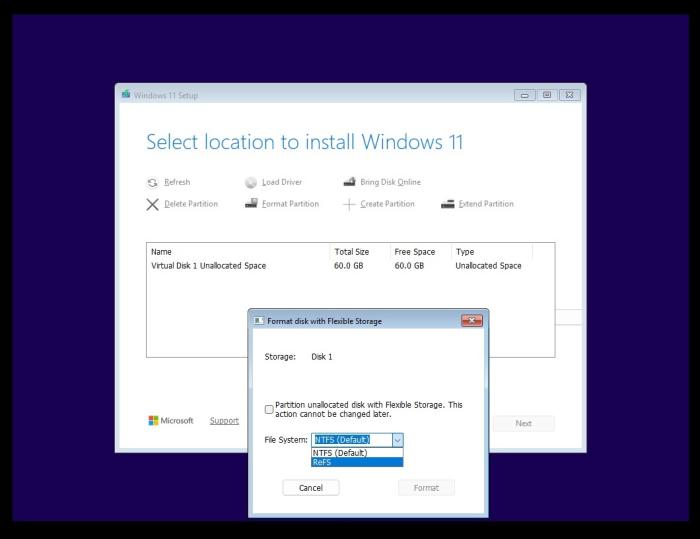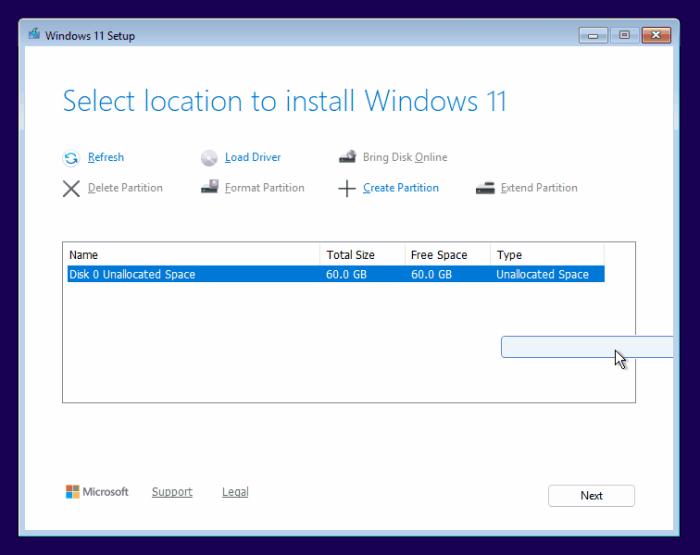Windows 11 Setup will let you choose between NTFS and ReFS when clean installing

Windows 11 is testing new storage configurations to install the operating system beyond the default NTFS option. Based on changes seen in newer builds, it looks like Windows Setup will allow you to choose between NTFS (the default) and ReFS, the modern file format.
When you clean install Windows using an ISO file or directly boot using a USB, you’ll land on a “Windows Setup” screen, which has a blue background and a small window with an installation wizard. On this screen, you can choose your region and language, enter the product key, and select the storage partition.
By default, Windows installations are locked to the NTFS filesystem, whether you want it or not, and Microsoft doesn’t let you change it during the Windows Setup screen. However, this is no longer the case in newer preview builds, at least according to what we’re seeing in Windows 11 Build 27823 (Canary).
As pointed out by Phantom on X, Windows 11 Build 27823 comes with undocumented Windows Setup improvements.

In our tests, Windows Latest was able to confirm that the setup wizard has a hidden toggle that lets you decide whether to install Windows on an NTFS-formatted drive or ReFS.
For those unaware, ReFS is a newer filesystem with faster performance, support for larger maximum sizes for volume, and better data integrity. While ReFS was originally limited to Windows Server, Microsoft added it to the client edition (regular versions) in 2023.
While Windows 11 does support ReFS as a filesystem, it’s not possible to use it as the boot partition when you’re using an unmodified Windows Setup.
Right now, you’ll have to install Windows on an NTFS partition, then boot into Windows, and finally manually set up ReFS on another storage drive/partition.
We tried installing Windows on the ReFS partition using Windows Setup, but it doesn’t work yet

I created an ISO file for Windows 11 Build 27823 (Canary) and went ahead with the installation on a virtual machine. I tried selecting “ReFS” when installing Windows 11 on my unallocated storage, but it didn’t work, and Windows setup returned an error message.
At the moment, only two options are offered, but the reference to “flexible storage” hints at configurations beyond NTFS and ReFS. ReFS support is part of the “Flexible Storage” feature. This is where things get interesting because the “Flexible Storage” reference does not necessarily mean “just ReFS.”
It’s quite possible that the term Flexible Storage points to a broader rethinking of storage management in Windows 11 for OS installations. Could it be using Storage Pools/Spaces to install Windows or something else? We don’t know.
The Flexible Storage branding could simply mean the ability to choose between filesystems.
ReFS-related changes in Windows Setup might ship with Windows 11 25H2 in October or September if we are lucky. Otherwise, we’ll only see these changes in production next year.
Update: It’s important to remember that features in Canary channels are not guaranteed to ship.

 4943986
4943986